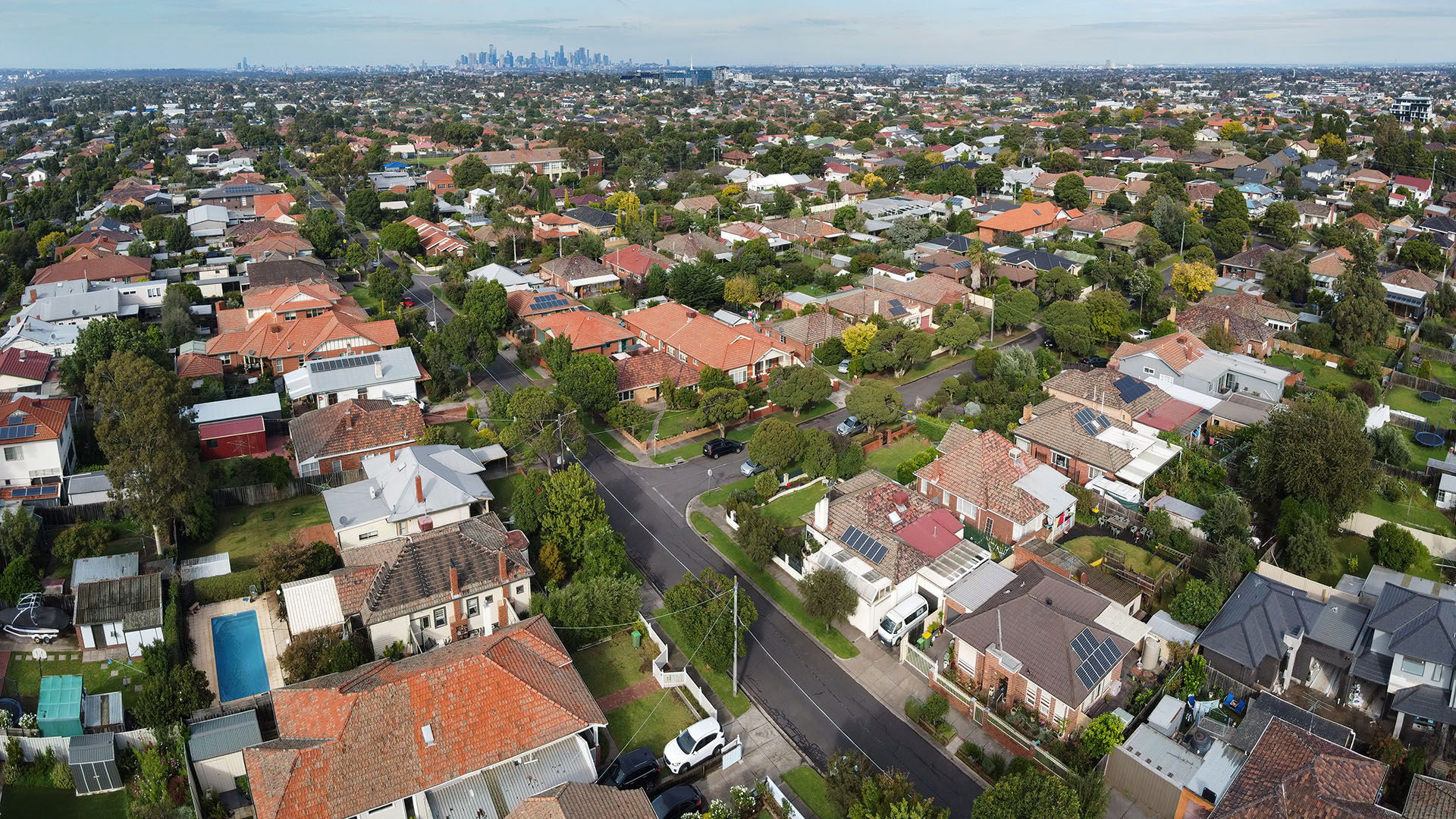
Australia’s worsening housing affordability crisis is pushing more first home hopefuls to reconsider the traditional path to homeownership, with many turning to rentvesting, relocating to regional areas, or relying on parental cash gifts that now reach as high as $1 million. These behavioural shifts reflect the intensifying pressure on buyers as home prices continue to outpace incomes at historic levels, according to the Sydney Morning Herald.
Affordability at Its Worst Point on Record
New analysis from research house Cotality shows national affordability has sunk to its lowest level ever recorded. The cost of a typical home has surged to 8.2 times household incomes, leaving a staggering $300,000 gap between what the average household can afford and median home prices.
Cotality head of Australian research Eliza Owen noted that soaring prices are increasingly driven by wealth transfers rather than income growth, reinforcing inequalities in who can enter the market. “Income isn’t enough to get into the market,” she said. “If you happen to come from wealth…it privileges some people over others.”
Rentvesting on the Rise as Buyers Are Priced Out of Cities
MortgageWorks director Anthony Roddy said he has “never seen more” rentvestors, buyers who purchase an investment property in an affordable area while continuing to rent in their preferred suburb.
This approach is emerging as a practical solution for those who cannot afford to buy where they want to live, especially in Sydney and Melbourne, where deposit accumulation has become increasingly difficult due to high rents and living costs.
Regional Relocations Surge
More buyers are expanding their searches well beyond metropolitan borders. Rising prices in capital cities have pushed many would-be buyers into regional markets where homes are comparatively more affordable.
According to mortgage broker Anthony Landahl, clients are frequently compromising on location or shifting to “different regions” entirely. Townhouses and smaller homes are also replacing freestanding houses as buyers attempt to stay within budget.
Government 5% Deposit Scheme Sees Strong Uptake But Challenges Remain
Recent changes to the Australian Government’s 5% Deposit Scheme, including lifting income caps and boosting price thresholds, have opened the program to a wider group of buyers.
Key updates include:
- Removal of income caps for eligible buyers.
- A new $1.5 million property price threshold in Sydney, significantly expanding purchasing power.
The expanded settings have generated strong interest, particularly among higher-earning singles and couples previously excluded. However, brokers warn that many buyers still struggle to find properties under the cap, especially in major cities where median prices sit well above program limits.
Parental Gifts Rise to Unprecedented Levels
Mortgage brokers across the country are reporting a sharp rise in financial support from parents, often the only way young buyers can gain a foothold.
- A decade ago, large parental gifts ranged from $150,000 to $250,000.
- Today, financial advisers say gifts between $500,000 and $1 million are becoming commonplace among families with means.
Even modest contributions are increasing:
Some parents are also giving $100,000 or more to help their children upgrade an existing home, not just purchase their first.
Many brokers now regularly see parental gifts of $20,000 to $150,000, mainly to help buyers avoid lender’s mortgage insurance or meet deposit shortfalls.
A Shift in What Homeownership Looks Like
Across the lending industry, professionals agree: buyers are making different decisions today than they were just a few years ago.
Common refrains now include:
- “I can’t afford to live in this city, so I’m moving.”
- “I can’t afford to buy a home, so I’ll buy an investment instead.”
With affordability worsening and prices rising faster than incomes, these alternative pathways, rentvesting, regional relocation and wealth transfers, are becoming more than trends; they are fast becoming the new normal for Australians trying to access the housing market.






